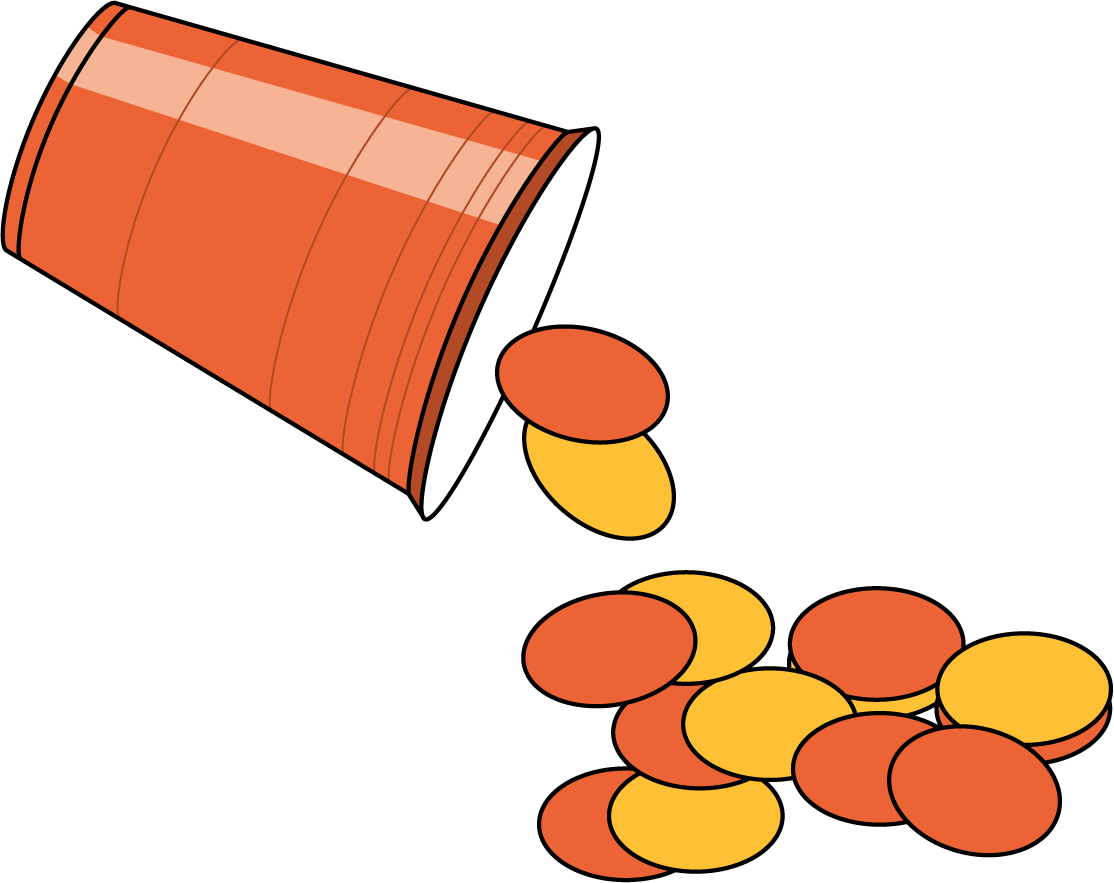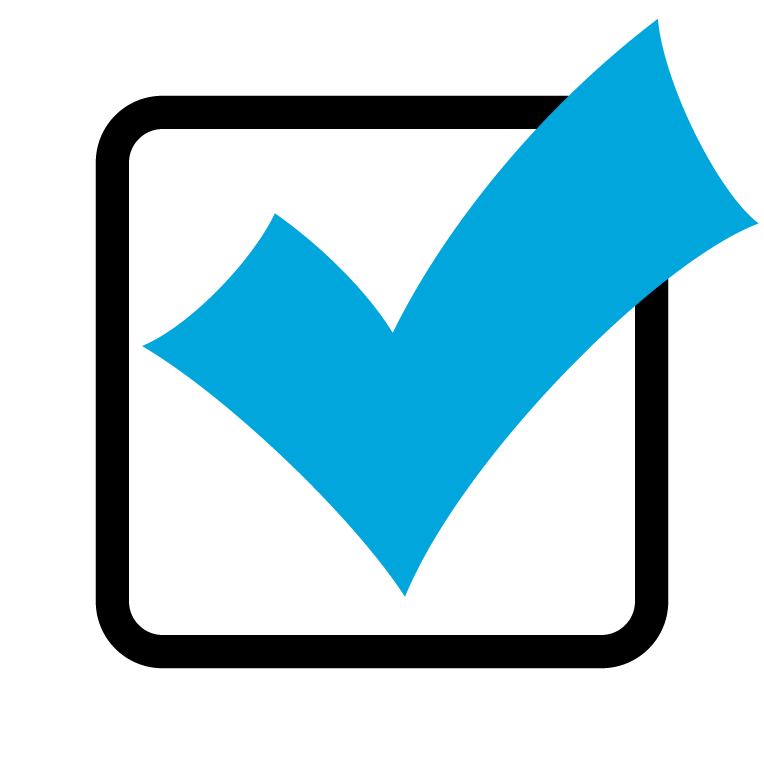Lesson 7
Numbers With Tens and Ones
Warm-up: Notice and Wonder: One-and Two-digit Numbers (10 minutes)
Narrative
Launch
- Groups of 2
- Display the image.
- “What do you notice? What do you wonder?”
- 1 minute: quiet think time
Activity
- “Discuss your thinking with your partner.”
- 1 minute: partner discussion
- Share and record responses.
Student Facing
Set A
0
1
2
3
4
5
6
7
8
9
Set B
10
23
45
76
89
Student Response
For access, consult one of our IM Certified Partners.
Activity Synthesis
- “The numbers in Set B are called two-digit numbers.”
- Display 89.
- “This is one number, the number eighty-nine. This number has two digits, an 8 and a 9.”
- “In the number 89, the 8 tells us how many tens are in the number and the 9 tells us how many ones are in the number.”
- “Today you will work on making two-digit numbers.”
Activity 1: Make It: Tens and Ones (15 minutes)
Narrative
The purpose of this activity is for students to extend their understanding of teen numbers as a ten and some ones to an understanding of all two-digit numbers as some tens and some ones. Students choose two number cards and create a two-digit number. As they build the two-digit numbers with towers of 10 and singles, students see that each two-digit number is composed of a number of tens and a number of ones (MP8). Some students may read the two-digit number and count out towers of 10 and singles until they have made the number. For example, they may read 82 as eighty-two and count by 10 to 80 and count on by one to 82. Some students may begin to think about the meaning of each digit and take that many tens and ones to make the number. For example, they show they know the digit 8 in 82 means 8 tens and the 2 means 2 ones, so they grab 8 towers of 10 and 2 singles.
During the launch the teacher demonstrates how to make a two-digit number using number cards and explains how students record their thinking. However, the teacher should not demonstrate making the number using the connecting cubes, drawings, or _____ tens _____ ones. It is important for students to explore these representations during the activity.
Required Materials
Materials to Gather
Materials to Copy
- Make It, Two-Digit Numbers Recording Sheet Number, Drawing, Words
Launch
- Groups of 2
- Give each group a set of number cards, connecting cubes in towers of 10 and singles, and recording sheets.
- Ask students to take out the cards with 10 on them.
- “We are going to play a game called Make It. You will work with your partner to make a two-digit number and represent the number in different ways.”
- Display two number cards and the recording sheet.
- “First, one partner picks two number cards and makes a two-digit number. I picked a [3] and a [5]. What two-digit numbers can I make?” (35 or 53)
- Demonstrate writing one of the numbers on the recording sheet.
- “Now both partners say the number.”
- “Then, the partner who made the number watches the other partner build the number with connecting cubes. Make sure you both agree on how to build the number. Then both partners complete the recording sheet with a drawing and the number of tens and ones.”
Activity
- 10 minutes: partner work time
- As students work, consider asking:
- “How do you say this two-digit number?”
- “What is your plan for building the number?”
- “How many tens does this number have?”
- “How many ones does this number have?”
Student Facing
- Partner 1 draws 2 number cards and uses them to make a two-digit number.
- Each partner says the number.
- Partner 2 builds the number using cubes.
- Partner 1 checks to see if they agree.
- Each partner makes a drawing of the number and records how many tens and ones.
- Switch roles and repeat.
Student Response
For access, consult one of our IM Certified Partners.
Advancing Student Thinking
If students build the numbers with single connecting cubes, consider asking:
- “How did you use cubes to build the number?”
- “How could you use towers of 10 to build this number? How many towers would you need?”
Activity Synthesis
- Display the number 24 and a base-ten drawing of 4 tens and 2 ones.
- “Tyler made a drawing of 24. Do you agree with how he showed 24? Why or why not?” (No, because he drew 4 tens and 2 ones instead of 2 tens and 4 ones. He made the number 42 instead of 24.)
- “Tyler’s drawing shows 42, not 24. They both have the digits 2 and 4, but they are in different places, which makes them different numbers.”
Activity 2: Who Do You Agree With? (10 minutes)
Narrative
The purpose of this activity is for students to think about the value of tens and ones and consider a representation where the tens are not presented to the left of the ones. In the previous activity, students saw that the order of the digits matters when writing a two-digit number. In this activity, students see that although the order matters when writing a number, the position of tens or ones in a drawing or diagram does not change their value. Students have access to connecting cubes in towers of 10 and singles if needed and should be encouraged to use them if they have difficulty making meaning of the base-ten diagram in their workbook.
During the activity synthesis, the teacher emphasizes the value of the units in the diagram and the digits and connects them to the commutative property.
When students decide who they agree with and explain their reasoning, they critique the reasoning of others (MP3).
Advances: Reading, Representing
Supports accessibility for: Language, Conceptual Processing
Required Materials
Materials to Gather
Launch
- Groups of 2
- Give students access to connecting cubes in towers of 10 and singles.
Activity
- Read the task statement.
- 1 minute: quiet think time
- “Share your thinking with your partner.”
- 2 minutes: partner discussion
- “Now show your thinking in your book.”
- 3 minutes: independent work time
- Monitor for a student who explains that the order of the representation doesn’t change the value of the digits in the number and justifies that the representation shows:
- 10, 20, 30, 40, 50, 60, 70, 80, 81, 82, 83, 84, 85, 86
- 1, 2, 3, 4, 5, 6, 16, 26, 36, 46, 56, 66, 76, 86
- 8 tens as 80, count on 81, 82, 83, 84, 85, 86
Student Facing

Clare says this shows 68 (sixty-eight).
Diego says this shows 86 (eighty-six).
Who do you agree with?
How do you know they are correct?
I agree with __________________________ because
Student Response
For access, consult one of our IM Certified Partners.
Activity Synthesis
- Invite previously identified students to share.
- Display 68 and 86.
- “When I look at these two-digit numbers, the order of the digits matters. The order helps me say the number. However, when showing two-digit numbers with drawings, it doesn’t matter whether the tens or the ones come first. There are still 8 tens and 6 ones.”
Activity 3: Centers: Choice Time (15 minutes)
Narrative
The purpose of this activity is for students to choose from activities that offer practice adding and subtracting within 20, or with multiples of 10. Students choose from any stage of previously introduced centers.
- Shake and Spill
- How Close
- Check It Off
Required Materials
Materials to Gather
Required Preparation
- Gather materials from previous centers:
- Shake and Spill, Stages 3–5
- How Close, Stages 1 and 2
- Check It Off, Stages 1–3
Launch
- Groups of 2
- “Now you are going to choose from centers we have already learned.”
- Display the center choices in the student book.
- “Think about what you would like to do.”
- 30 seconds: quiet think time
Activity
- Invite students to work at the center of their choice.
- 10 minutes: center work time
Student Facing
Choose a center.
Shake and Spill

How Close

Check It Off

Activity Synthesis
- Display nine red counters and put eight yellow counters under a cup.
- “Mai is playing Shake and Spill with 17 counters. How many yellow counters are under the cup? How do you know?”
Lesson Synthesis
Lesson Synthesis
Display a poster with the number 6 and a sticky note to the right of the 6.
“Today we worked with different representations of two-digit numbers. This is a two-digit number. This sticky note is covering one of the digits in the number. Could the number be 26? Why or why not?” (No, because the 6 is showing how many tens are in the number, not ones.)
“What number could this be? How do you know?” (It could be any number from 60 to 69 because the number has 6 tens and we don’t know how many ones.)
Cool-down: Unit 4, Section B Checkpoint (0 minutes)
Cool-Down
For access, consult one of our IM Certified Partners.